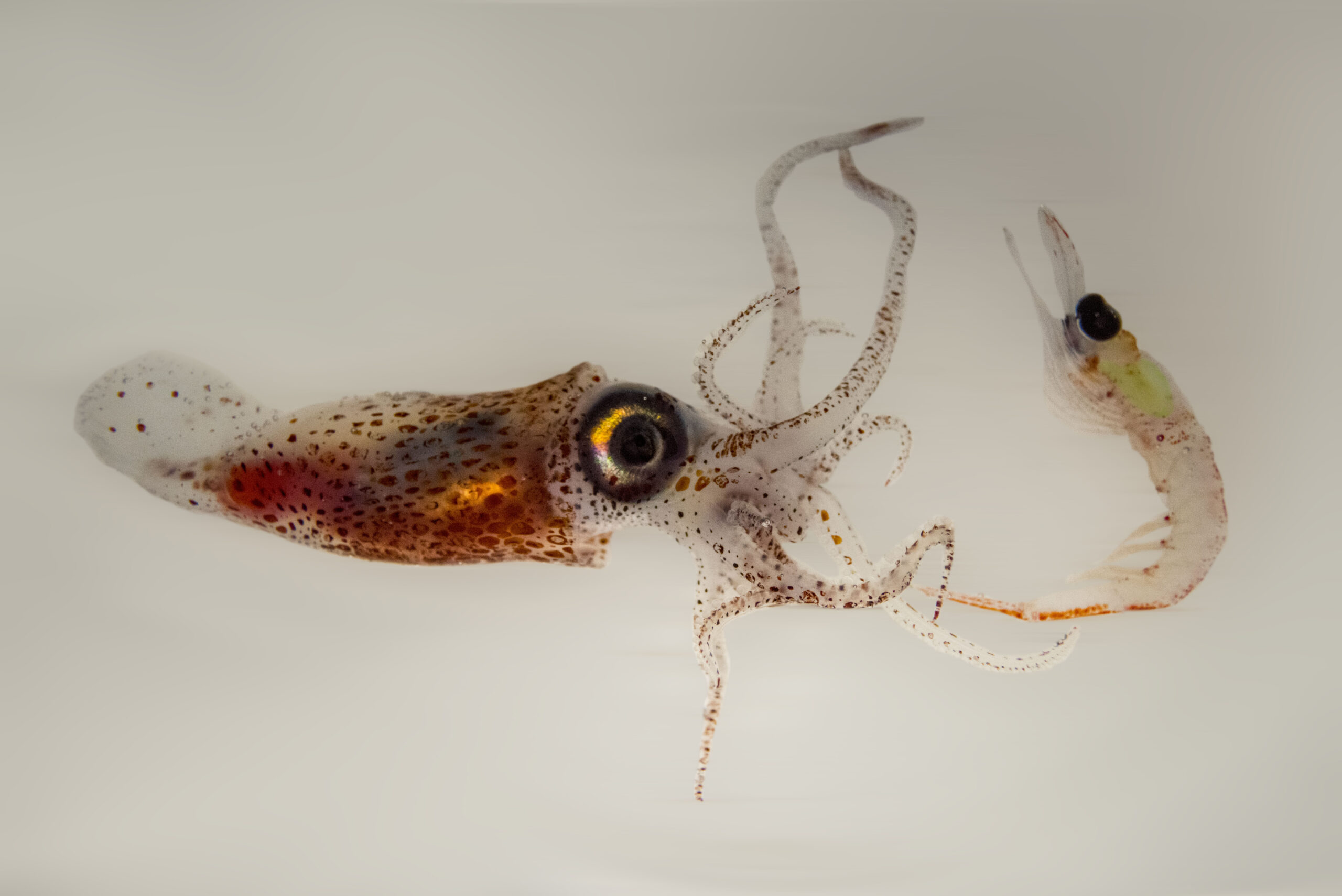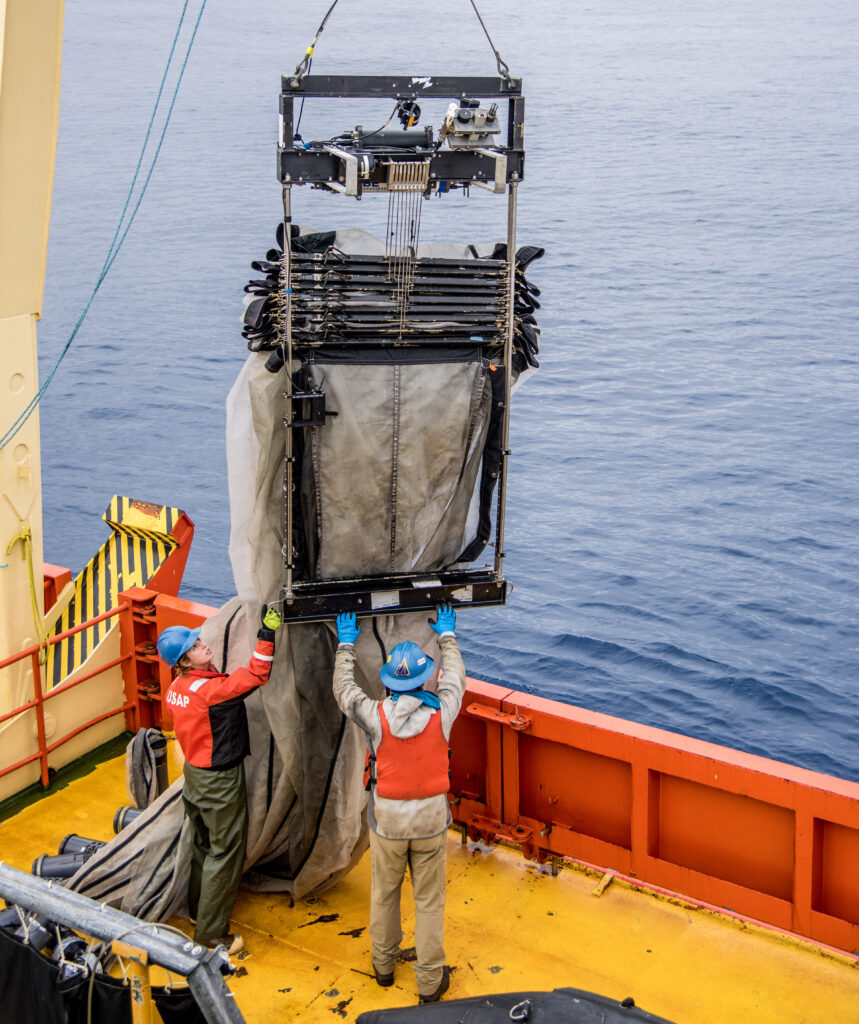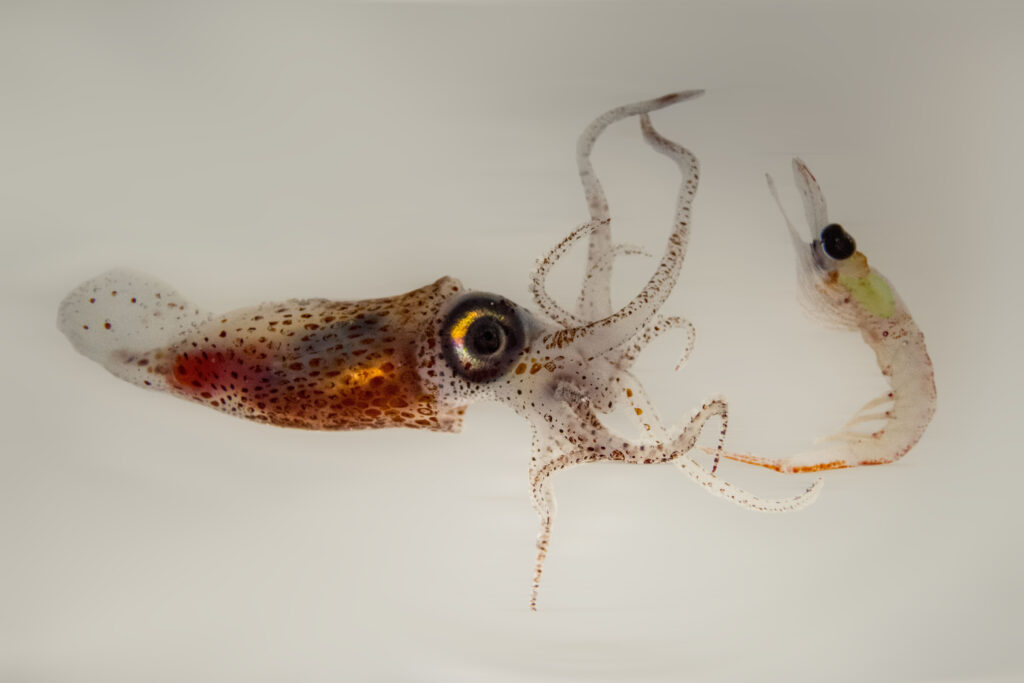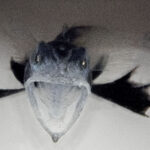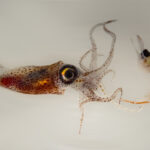I.D. Antarctica – Mystery Creature #4
Greetings from Antarctica! We pulled a special type of net behind our research vessel today called a MOCNESS. It stands for Multiple Opening and Closing Net Environmental Sampling System. It is a very important piece of oceanographic research gear and there are only about 50 of them in the world.
We normally send a single net down to a certain depth in the water column and then bring it back onboard the ship. However, marine scientists are frequently interested in what specific depth an organism came from. This information informs us about their habitat, what other species they are interacting with, and whether they move to different depths during their life cycle.
A MOCNESS net, like the one pictured above, is made up of 10 separate nets. We first close all the nets, then send it down to 1000 meters below the surface. As we bring it back up to the surface, we open the first net between 1000 to 900 meters. At 900 meters, we close the first net and open the second net from 900 to 800 meters. This process continues until the net gets back up to the ship.
The opening and closing of the separate nets allow us to see the specific depth ranges where animals are captured. When we just emptied out the 300 to 200 meter net, we found this one zooplankton eating another zooplankton!
Can you figure out what species the predator and prey are? You’ll need to identify one creature at a time.
I’ve made some updates to the Zooplankton dichotomous key we used in Week #2, so you can use this new one to identify both creatures.: IDAntarctica Week#4 Dichotomous Key
